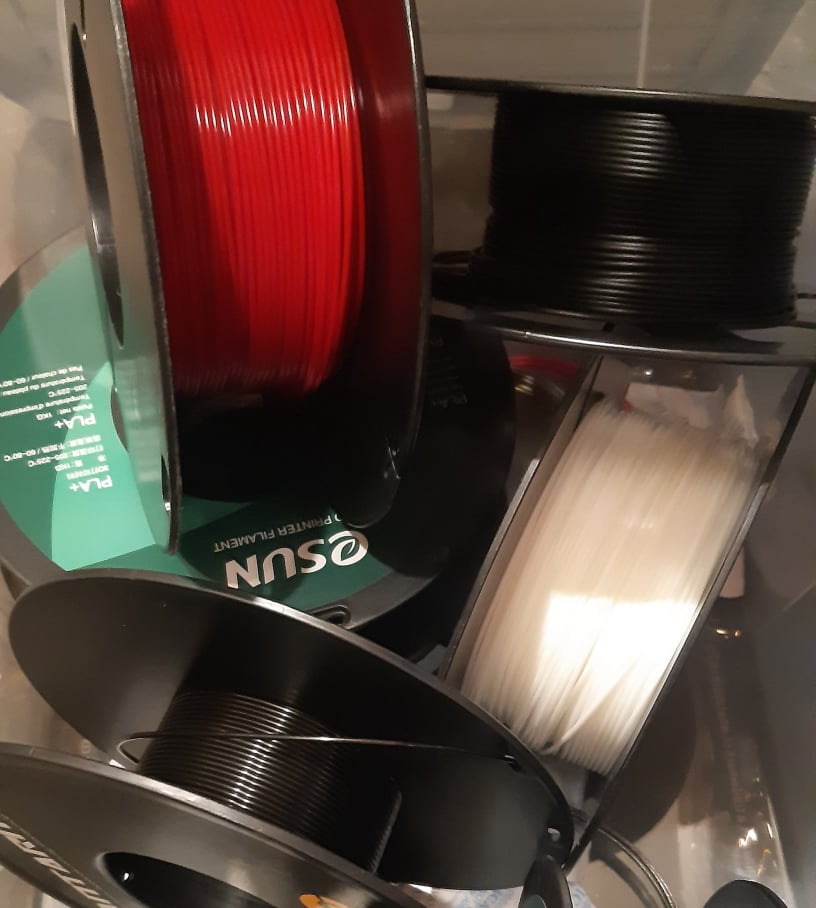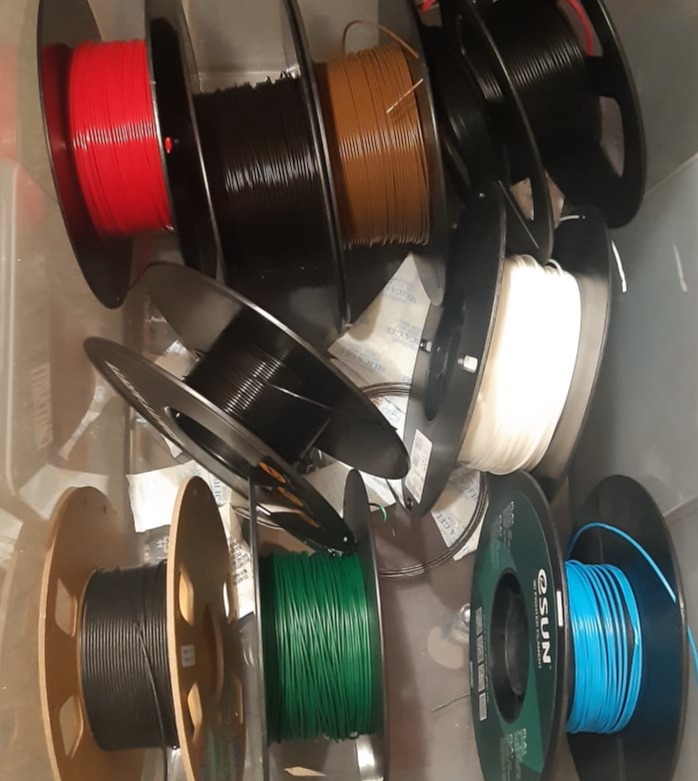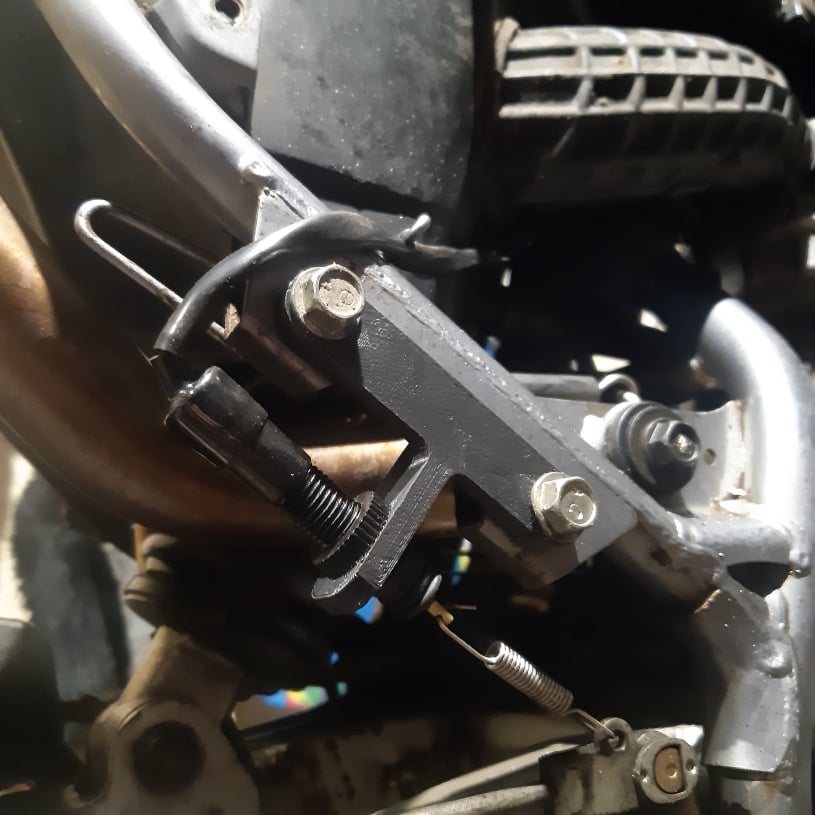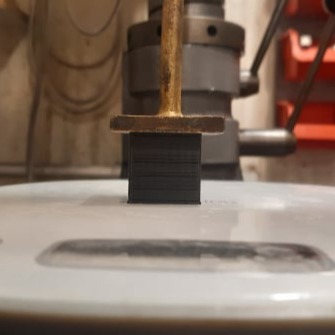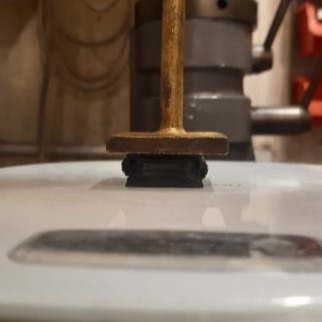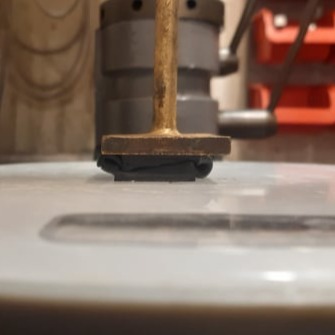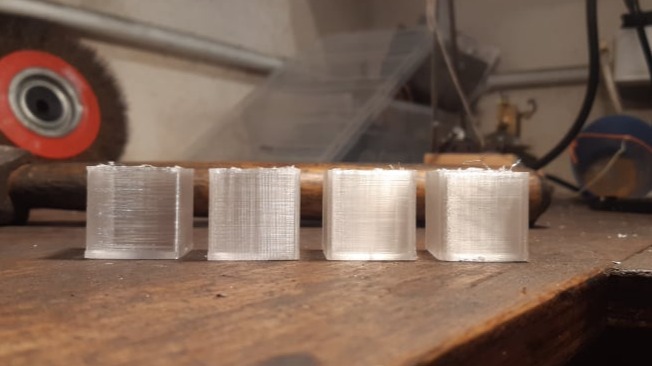TPU - Thermoplastic Polyurethane
If you have an interest in printing flexible rubber-like parts then TPU is the easiest of the flexible materials to print. For trouble free printing, you really need a direct feed print head. Printing with a Bowden feed is possible but print speed will have to be lowered and you may run into bunching and jamming problems. Even with a direct feed, expect to lower the print speed to
15->20mm/s
Unlike the rigid materials, TPU is best printed with no retraction. There will be a small amount of stringing, but because it is flexible, pushing and pulling the material is not effective in reducing this. Hot end temperature should be 210°C -> 230°C. A heated bed is useful to ensure adhesion and a temperature of 40°C -> 60°C is recommended.
Projects needing flexible filaments might be gaskets and seals, grommets, grips, cushion pads, rubber feet, gaiters, tyres, bellows and drive belts.
